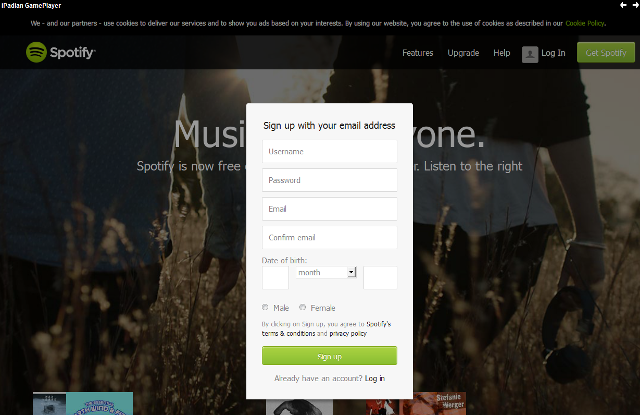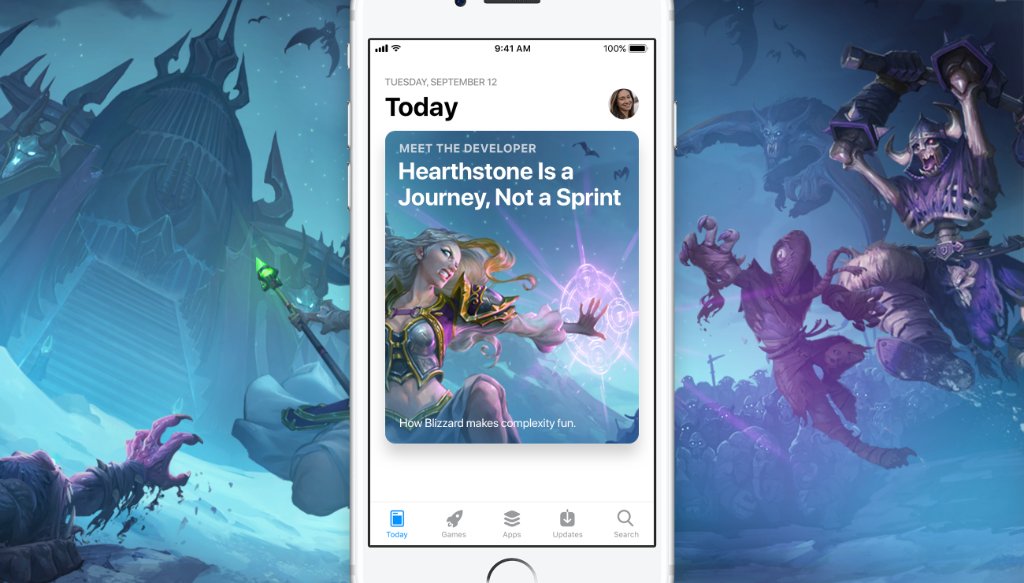

Much like the Home screen on an iOS device, the simulator’s iOS Home screen has multiple pages.
Ipadian simulator simulator#
For example, if you are testing a game, you can use Simulator to ensure that the game is using Game Center correctly. Use the installed apps to test your app’s interaction with them. There are two ways to access the Home screen in Simulator from your app: View the Installed Appsįrom the Home screen, you have access to all of the apps that are installed in the simulation environment. Simulator opens and displays the Home screen of whichever simulated device was last used. To launch a watchOS Simulator without running an appĬhoose Xcode > Open Developer Tool > Simulator (watchOS).Ĭontrol-click the Xcode icon in the Dock, and from the shortcut menu, choose Open Developer Tool > Simulator (watchOS). To launch a Simulator without running an appĬhoose Xcode > Open Developer Tool > Simulator.Ĭontrol-click the Xcode icon in the Dock, and from the shortcut menu, choose Open Developer Tool > Simulator. This approach is helpful if you want to test how your app launches from the Home screen of a device or if you want to test a web app in Safari on a simulated iOS device. Figure 1-3 Simulating tvOS Launching Simulator Without Running an AppĪt times, you may want to launch Simulator without running an app.
Ipadian simulator tv#
Running the tvOS target launches the most recent version of your app in a simulated new Apple TV device, as shown in Figure 1-3. To run your tvOS App, choose a tvOS device from the Xcode scheme pop-up menu. Figure 1-2 Simulated iPhone and watch Running Your tvOS App Figure 1-2 shows an iPhone 6 and a 42mm watch running in two different simulators. Running the WatchKit target launches two simulators, one for the iOS device and one for the watchOS device. For example, to run the watch app in a 38mm watch paired with an iPhone 6, choose "iPhone 6 + Apple Watch - 38mm" from the scheme pop-up menu. To run your WatckKit app, choose a combination of an iOS device and watchOS device from the Xcode scheme pop-up menu. If you are testing an app with a deployment target of iPhone or universal, you can test on either a simulated iPhone or a simulated iPad. Note: If you are testing an app with a deployment target of iPad, you can test only on a simulated iPad. Figure 1-1 Simulated iPhone running the HelloWorld app

Ipadian simulator mac#
Xcode builds your project and then launches the most recent version of your app running in Simulator on your Mac screen, as shown in Figure 1-1. To run your app in Simulator, choose an iOS simulator-for example, iPhone 6 Plus, iPad Air, or iPhone 6 + Apple Watch - 38mm-from the Xcode scheme pop-up menu, and click Run. When testing an app in Simulator, it is easiest to launch and run your app in Simulator directly from your Xcode project. The first way is to run your app in Simulator, and the second way is to launch Simulator without running an app. There are two different ways to access Simulator through Xcode. For more detailed information on interacting with Simulator and using it to test and debug your apps, refer to the later chapters in this guide. You can perform these steps using your own iOS app or, if you do not have an app to use, with the HelloWorld sample code. The chapter presents the basics of using Simulator.

You interact with Simulator by using the keyboard and the mouse to emulate taps, device rotation, and other user actions.

Simulator app, available within Xcode, presents the iPhone, iPad, or Apple Watch user interface in a window on your Mac computer. For Xcode 9 and later, see Simulator Help by choosing Help > Simulator Help in Simulator. The information in this document is deprecated in Xcode 9.


 0 kommentar(er)
0 kommentar(er)
